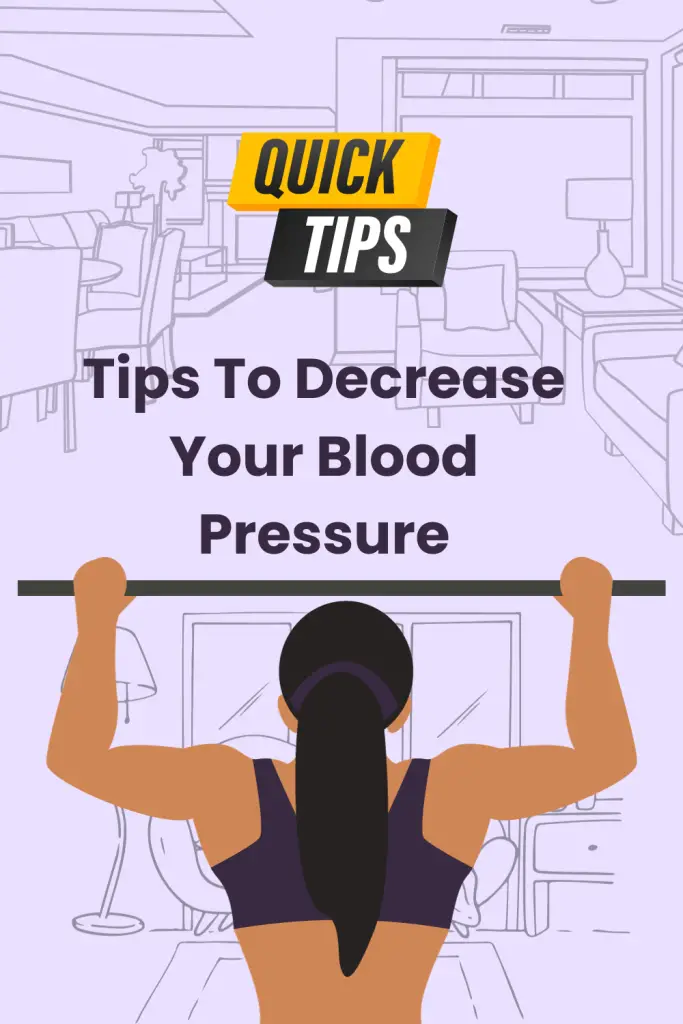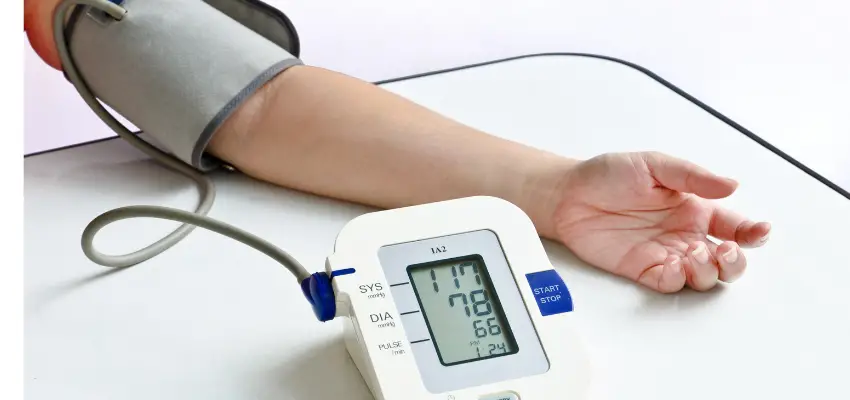Introduction
High blood pressure, also known as hypertension, is a serious health issue that affects millions of people worldwide.
While there are many factors that contribute to high blood pressure, one major cause that is often overlooked is a sedentary lifestyle.
In this article, we will explore the link between sitting too much and having high blood pressure.
What is Hypertension?
Before we dive into the details, it’s important to understand what hypertension is.
Simply put, hypertension is when your blood pressure is too high.
Blood pressure is the force of your blood against the walls of your arteries as your heart pumps it around your body.
Normal blood pressure helps your body to function properly. However, when the pressure becomes too high, it puts extra strain on your heart and blood vessels, increasing the risk of heart attacks, strokes, and other health problems.

The Link Between a Sedentary Lifestyle and High Blood Pressure
If you find yourself spending most of your day sitting, whether it’s at a desk job, in front of a TV, or simply lounging around, you’re leading what’s known as a sedentary lifestyle.
While it might feel comfortable, this way of living can have some serious health implications.
One major concern is the direct link between a sedentary lifestyle and high blood pressure, also known as hypertension. Let’s dig deeper into why this happens and what’s going on inside your body.
Lack of Exercise: A Strain on the Heart
We all know exercise is good for us, but it’s particularly crucial when it comes to blood pressure.
Regular exercise strengthens the heart muscle, which makes it more effective at pumping blood throughout the body.
When your heart can do its job easily, less force is needed, which naturally lowers your blood pressure.
But what happens when you don’t exercise?
Lack of physical activity means your heart has to work harder to pump blood, requiring more force.
This additional force is what raises your blood pressure. In other words, the less you move, the harder your heart has to work, which isn’t good for long-term heart health.

Weight Gain: A Vicious Cycle
When you’re not active, you burn fewer calories.
Over time, this can lead to weight gain. But why is extra weight a problem for blood pressure?
Simply put, carrying extra weight demands more from your heart. The heart has to pump more blood to supply the additional tissue, which means it has to work harder, putting you at greater risk of hypertension.
Even worse, weight gain often leads to other health issues like high cholesterol and diabetes, which can further increase your blood pressure.
So, sitting too much doesn’t just affect your weight; it sets off a chain of health problems that can contribute to high blood pressure.
Poor Blood Flow
Finally, let’s talk about something that many people overlook: blood flow.
When you sit for extended periods, the blood flow in your legs can slow down. Poor blood flow not only puts you at risk for problems like blood clots, but it can also affect your blood pressure.
When blood doesn’t circulate well, your heart has to exert more force to move it around the body.
This extra force can lead to elevated blood pressure levels.
Restricted blood flow can also lead to plaque build-up in the arteries, making them narrower and reducing their ability to control blood pressure effectively.
While a sedentary lifestyle might seem harmless, especially if you’re comfortable sitting all day, the impact on your blood pressure can be significant.
Lack of exercise, weight gain, and poor blood flow all contribute to a rise in blood pressure.
And high blood pressure is something you don’t want to ignore; it’s a major risk factor for heart attacks, strokes, and other serious health issues.
Fortunately, this is a problem with a solution: get moving, and you’ll be doing your heart a big favor.
Steps to Reduce the Risk of Hypertension
Reducing your risk of high blood pressure doesn’t have to be complicated.
Simple lifestyle changes can go a long way in keeping your blood pressure in check.
Here are some expanded steps to help you on your journey to better heart health.
Be Active: More than Just Exercise
Being active doesn’t necessarily mean hitting the gym every day, although that certainly wouldn’t hurt.
Even 30 minutes of moderate exercise most days of the week can help lower your blood pressure.
This could be as simple as a brisk walk in the park, a quick swim, or even dancing.
Physical activity helps your heart use oxygen more efficiently, reducing the effort needed to pump blood and therefore lowering your blood pressure.

Tips for Being Active
- Choose an activity you enjoy, so you’ll stick with it.
- Mix it up to keep things interesting.
- If you’re new to exercise, start slow and gradually increase your activity level.
Take Breaks: The Importance of Moving Regularly
If you work at a desk, you’re likely sitting for long periods, which isn’t good for your blood pressure.
Make it a point to take short breaks to stand up and move around at least once an hour.
Stretch your legs, walk around the office, or even do some quick jumping jacks.
Tips for Taking Breaks
- Set a timer to remind you to stand up every hour.
- Use your break time to walk around and hydrate.
- Incorporate some light stretching to relieve tension and improve blood flow.
Eat Well: Food as Medicine
A balanced diet rich in fruits, vegetables, and lean proteins can do wonders for your blood pressure.
Foods like bananas, which are high in potassium, can help balance the levels of sodium in your body, contributing to lower blood pressure.
Similarly, foods rich in magnesium and fiber can also help regulate your blood pressure.
Tips for Eating Well
- Cut down on salty and processed foods.
- Incorporate more fresh fruits and vegetables into your meals.
- Choose whole grains over processed grains like white rice and white bread.
Monitor Your Blood Pressure: Knowledge is Power
Keeping track of your blood pressure levels can give you a clearer picture of your health.
Regular monitoring can alert you to any problems early on, making it easier to take action before things get serious.
If you notice that your levels are consistently high, it’s important to consult a doctor for further evaluation and treatment.
Tips for Monitoring Your Blood Pressure
- Use a home blood pressure monitor for regular checks.
- Keep a log of your readings to track your progress.
- Consult your doctor for a complete evaluation if your readings are consistently high.
Conclusion
A sedentary lifestyle is clearly linked to high blood pressure.
By taking simple steps like being more active, taking breaks during your workday, and eating a balanced diet, you can significantly lower your risk of developing hypertension.
So get moving, your heart will thank you!


